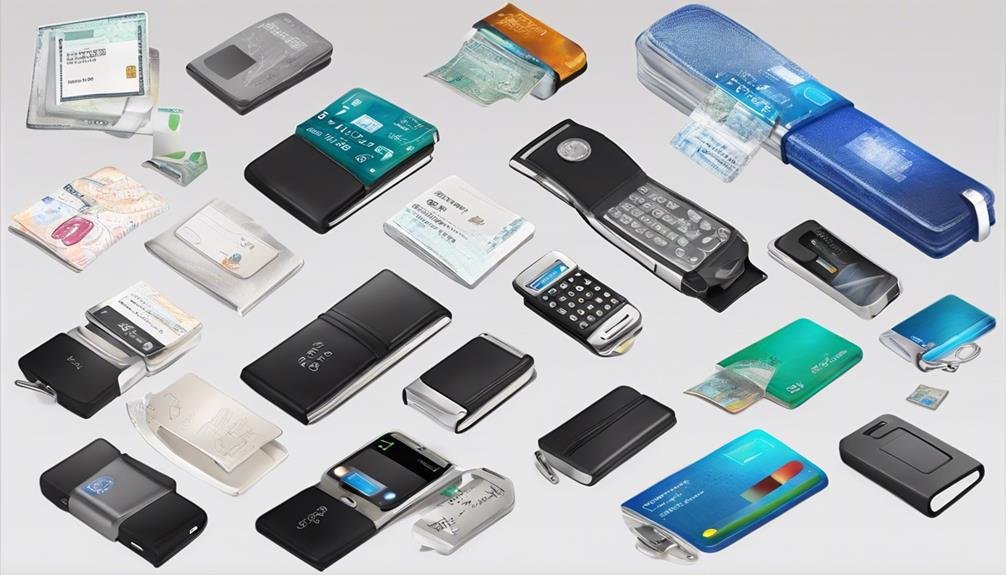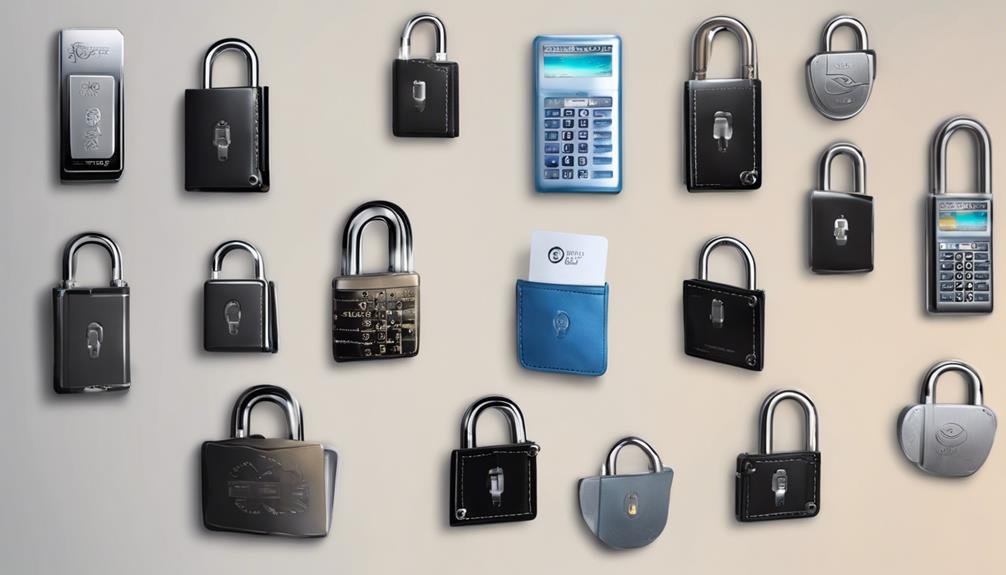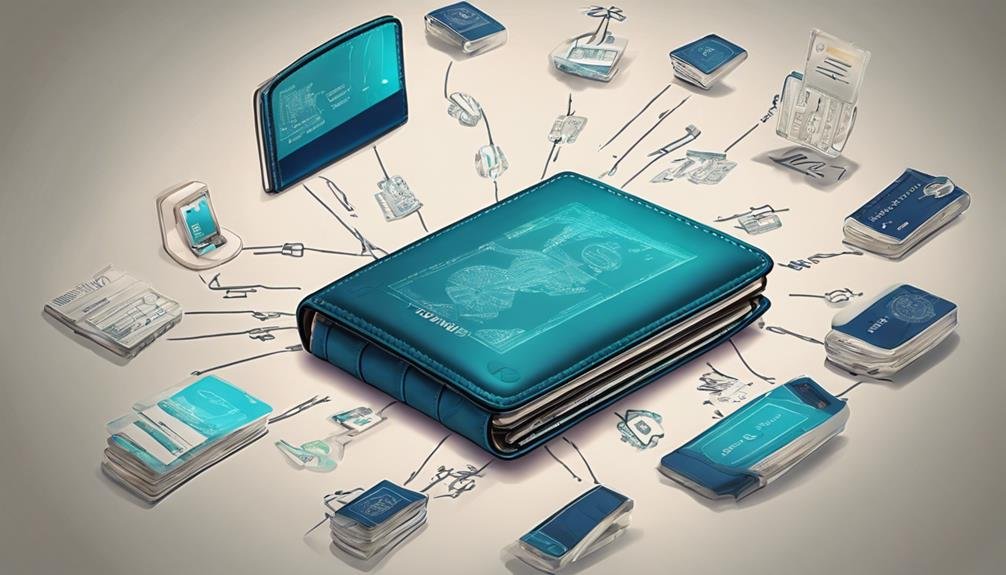Secure storage in hardware wallets, encrypted USB drives, and secure cloud services coupled with rigorous security measures. Regular updates, vulnerability checks, and adherence to industry standards. Strict access controls, role-based permissions, and robust authentication methods like biometrics. Educating users and instilling security consciousness through programs. Implementation of multi-factor authentication and vulnerability audits to detect weaknesses. Strengthening defenses through audits, ensuring resilience against malicious activities. Enhancing the security of multi-signature wallets requires a thorough approach encompassing storage, protocol, access control, education, authentication, audits, and defenses for the best protection of digital assets.
Brief Overview of Enhancing Security With Multi Signature Wallet Encryption
- Implement multi-factor authentication for enhanced access security.
- Conduct regular vulnerability audits to fortify wallet defenses.
- Utilize secure storage methods like hardware wallets and encrypted backups.
- Enforce strict access controls and role-based permissions.
- Educate users through security awareness programs and training sessions.
Secure Storage Locations
Utilizing secure storage locations is paramount for enhancing the security of multi-signature wallets. Regarding safeguarding private keys in a multisig setup, various options offer robust protection against digital threats. Hardware wallets such as Ledger Nano S and Trezor are popular choices for offline storage of private keys, ensuring they remain inaccessible to online attacks. Additionally, encrypted USB drives provide an extra layer of security by storing backup copies of private keys in a multisig wallet configuration.
For those seeking offsite storage solutions, secure cloud storage services with end-to-end encryption and stringent access controls are viable options. These services allow users to securely store encrypted copies of their private keys, minimizing the risk of unauthorized access. Physical vaults and safe deposit boxes offer an offline alternative for storing private vital backups, reducing exposure to potential cyber risks. By diversifying storage options and incorporating stringent security measures, individuals can fortify the protection of their multi-signature wallets against malicious actors.
Regular Security Protocol Updates

Regularly updating security protocols is essential for ensuring multi-signature wallets’ ongoing protection and resilience against evolving threats and vulnerabilities. Staying current with security protocol updates can address vulnerabilities promptly, and protection against emerging threats can be strengthened. These updates help maintain compliance with industry standards and guarantee that the wallet remains secure from potential exploits. Security patches released through updates are essential in mitigating known risks and enhancing the overall security posture of the multi-signature wallet.
Taking a proactive approach to security updates is vital for upholding the confidentiality of transactions conducted through multi-signature wallets. These regular updates uphold the integrity of the wallet, safeguarding it against potential breaches. By staying vigilant and implementing timely security protocol updates, users can significantly reduce the risk of unauthorized access and maintain a robust defense against malicious activities.
Strict Access Controls

Implementing strict access controls is essential in enhancing the security of multi-signature wallets. By utilizing role-based permissions, organizations can assign specific signing rights to different users, ensuring accountability and minimizing the risk of unauthorized transactions. Additionally, enforcing robust authentication methods like biometrics and two-factor authentication adds an extra layer of protection to safeguard the assets held in the wallet.
Role-Based Permissions
Role-based permissions play a pivotal role in enhancing the security of multi-signature wallets by enforcing strict access controls based on predefined roles. Users are assigned designated roles with specific permissions for transaction authorization, guaranteeing only authorized parties partake in the signing process. This approach effectively restricts unauthorized users from engaging in transactions beyond their designated roles, reducing the risk of malicious activities. By implementing role-based permissions, multi-signature wallets can bolster security measures and safeguard funds from potential threats.
- Guarantees only authorized parties have access
- Restricts unauthorized users from engaging in transactions
- Enhances security and protects against malicious activities
Two-Factor Authentication
Implementing two-factor authentication is essential in enforcing strict access controls to enhance the security of multi-signature wallets. This method requires users to provide two forms of verification, such as SMS codes, email verification, biometric scans, or hardware tokens, before accessing the wallet. By adding this extra layer of security, two-factor authentication protects against unauthorized access, particularly essential when dealing with sensitive financial transactions and data.
In cyber threats, this security enhancement plays a pivotal role in safeguarding multi-signature wallets from potential breaches. Only authorized parties can sign transactions with two-factor authentication in place, significantly reducing the risk of unauthorized individuals gaining entry to the wallet and compromising its contents.
Biometric Verification
Biometric verification significantly strengthens the security measures of multi-signature wallets by necessitating unique physical characteristics for access, such as fingerprint, facial recognition, and iris scans. This advanced technology enhances authentication accuracy as biometric data is challenging to replicate. Strict access controls further limit unauthorized access to the multi-signature wallet, reducing the risk of unauthorized transactions and bolstering overall security measures.
- Biometric verification guarantees personalized security measures
- Physical characteristics like fingerprints and iris scans add a layer of protection
- Facial recognition technology enhances security by verifying unique features
User Education and Training

User education and training play a pivotal role in enhancing the security of multi-signature wallets. Security awareness programs and training sessions provide users with essential knowledge on setting up wallets, managing keys, signing transactions, and recovering assets. By understanding the roles and responsibilities of each signer, users can mitigate risks and safeguard their funds effectively.
Security Awareness Programs
Enhancing knowledge through security awareness programs is vital for safeguarding multi-signature wallet assets. These programs educate users on key management, transaction verification, and secure storage methods. Participants learn to identify phishing attempts, avoid sharing private keys, and recognize potential security threats. Users can proactively protect their wallets from unauthorized access and funds loss by staying informed about security trends and vulnerabilities.
Regular updates and training sessions help instill a culture of security consciousness, reducing the risk of falling victim to malicious activities. Empowering users with the necessary knowledge and skills is essential in ensuring the overall security of multi-signature wallets.
Training Sessions on Security
Conducting thorough training sessions on security is essential for educating individuals about safeguarding their multi-signature wallet assets. User education is vital in enhancing multi-signature wallet security by imparting knowledge on protecting assets, creating secure passphrases, and securely storing private keys. These training sessions also focus on helping users recognize potential threats such as phishing attempts and malware risks.
By instilling best practices during these sessions, individuals can better manage their multi-signature wallets and make informed decisions to protect their cryptocurrency investments. Regular participation in such training increases awareness and empowers users to navigate the complex landscape of crypto security effectively.
Multi-Factor Authentication Implementation

Implementing multi-factor authentication in multi-signature wallets enhances security by requiring multiple verification forms for access. This pivotal step in securing digital assets involves using various factors such as passwords, biometrics, security tokens, SMS codes, or authenticator apps. By incorporating these multiple layers of verification, the risk of unauthorized access is significantly reduced, even if one factor is compromised.
When setting up multi-factor authentication for your multisig wallet, consider the following emotional triggers:
- Peace of Mind: Knowing that robust security measures protect your digital assets.
- Sense of Control: Having the ability to choose a reliable method of authentication that suits your preferences.
- Empowerment: Regularly updating security measures to stay ahead of potential threats.
Vulnerability Audits

An exhaustive evaluation of potential weaknesses and security risks within multi-signature wallets is imperative for ensuring robustness and reliability. Vulnerability audits play a critical role by thoroughly examining aspects such as smart contract code, transaction processes, and key management. Professional auditors with specialized tools and techniques investigate multisig setups to detect vulnerabilities that malicious actors could exploit.
These audits are essential for fortifying the security of multi-signature wallets, as they help proactively identify and address security risks. Regular vulnerability audits enhance the overall security posture and act as a preventive measure against potential security breaches. By regularly conducting these audits, organizations can safeguard the assets stored in multi-signature wallets and uphold the integrity of their digital transactions.
Strengthening Defenses Through Audits

To fortify the resilience of multi-signature wallets, bolstering defenses through rigorous audit protocols is paramount. Audits are essential in identifying vulnerabilities and weaknesses within the multisig wallet system, helping prevent potential security breaches and unauthorized access. By conducting regular audits, wallet holders can stay ahead of potential threats and guarantee the integrity of their digital assets. Independent third-party audits offer unbiased assessments of the wallet’s security, providing valuable insights into areas needing improvement.
These audits verify compliance with security standards and best practices and provide recommendations for enhancing the overall security posture of the multisig wallet. Implementing these audit recommendations can significantly strengthen the defenses of the wallet, making it more robust and resilient against evolving cyber threats. By prioritizing audits as part of their security strategy, wallet holders can safeguard their assets and maintain peace of mind.
Frequently Asked Questions
Are Multisig Wallets More Secure?
Multisig wallets enhance security through crucial management, transaction verification, and robust security protocols. Their shared control benefits and authorization processes reduce risks. Backup procedures, recovery options, and vulnerability analysis further fortify against unauthorized access, making them more secure.
How Do I Set up Multisig Wallet?
For a robust multisig wallet setup, consider the number of required signatures, reliable providers, secure key storage, clear cosigner responsibilities, and regular reviews. Implementing these measures enhances security, minimizes risks, and guarantees smooth transaction approval processes.
What Is the Most Secure Type of Wallet?
Hardware wallets are widely considered the most secure type of wallet due to their offline storage of private keys. They offer unparalleled protection against online threats and are immune to malware and viruses, making them a top choice for safeguarding cryptocurrency assets.
Is Multisig Worth It?
Multisig wallets offer enhanced security by requiring multiple signatures for transaction approval, reducing the risk of unauthorized access. Pros include improved security and risk management, while cons may involve complexity in implementation and potential user experience challenges. Industry adoption and regulatory compliance are vital factors.
Conclusion
Implementing multi-signature wallet security measures is like building a fortress around your digital assets. By utilizing secure storage locations, regular security updates, strict access controls, user education, multi-factor authentication, vulnerability audits, and strengthening defenses, you can create a robust defense against potential threats. Just as a castle has multiple layers of protection to keep intruders out, a multi-signature wallet with enhanced security features can safeguard your funds from unauthorized access and cyber-attacks.










